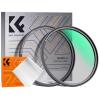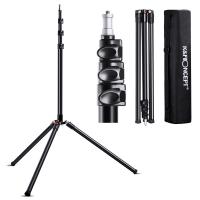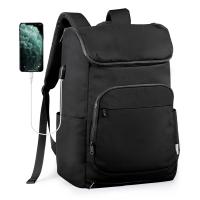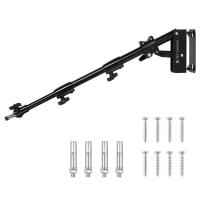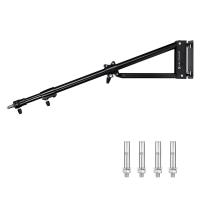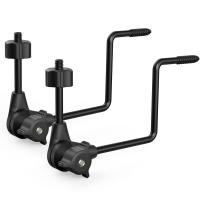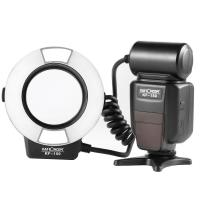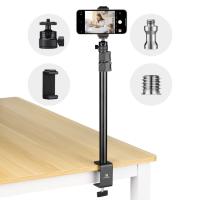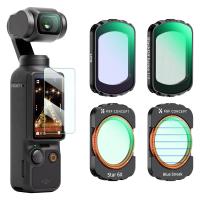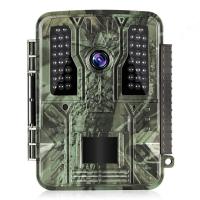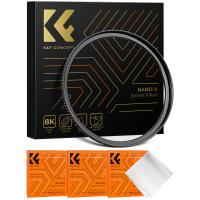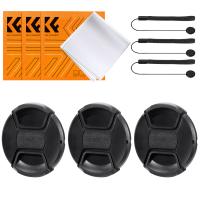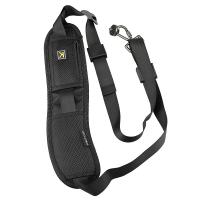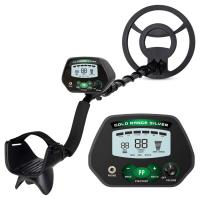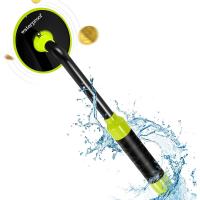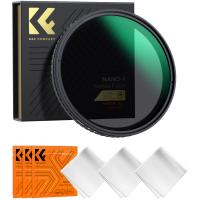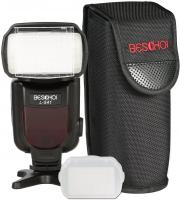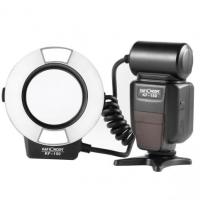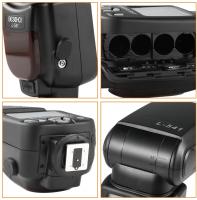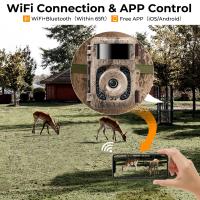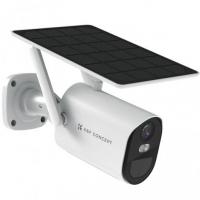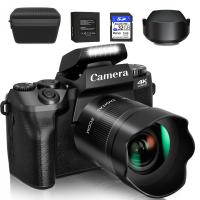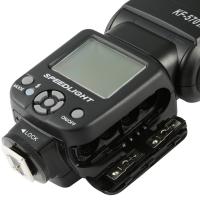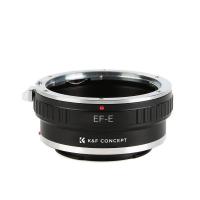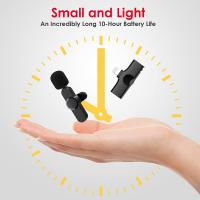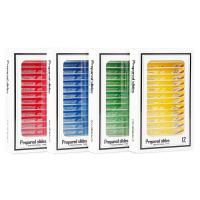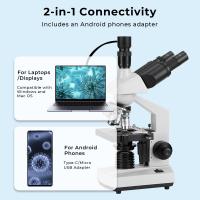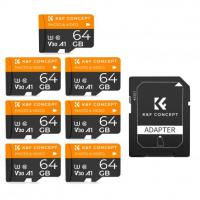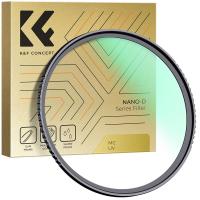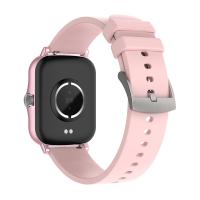When Do School Cameras Flash At Traffic Lights?
Understanding School Cameras and Flashing Traffic Lights: A Comprehensive Guide
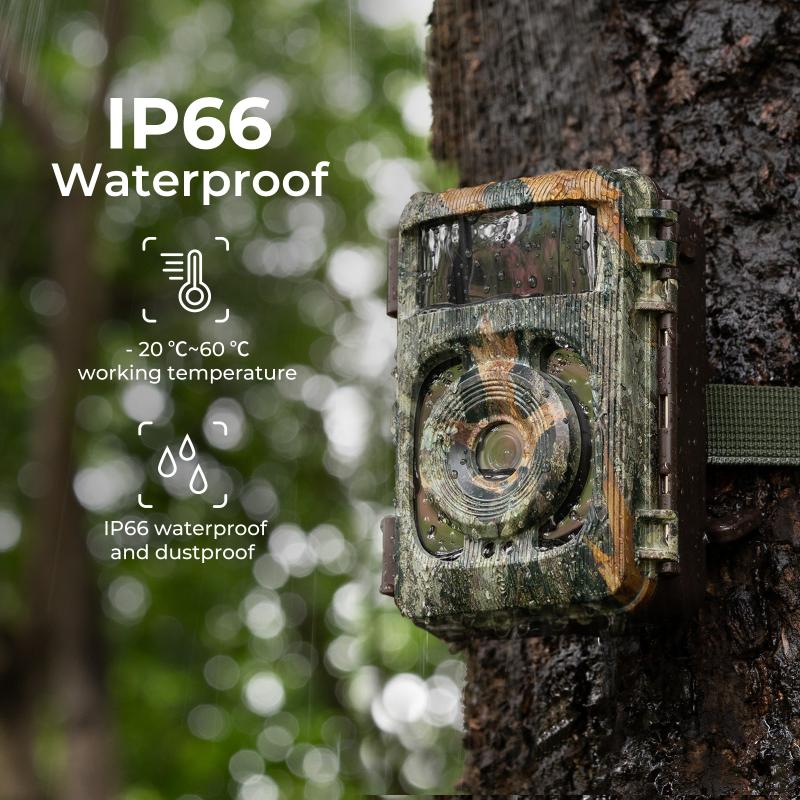
Traffic cameras at school zones are an essential part of ensuring student safety. These cameras, often part of broader traffic enforcement systems, work alongside traffic signals to regulate traffic behavior near schools. A common question people ask is: When do school cameras flash at traffic lights?
In this article, we will explore the specific situations when school zone cameras flash, the role of these cameras in enhancing safety, and how drivers can ensure they comply with the rules to avoid fines and penalties.
1. What Are School Cameras?
School cameras, often known as speed cameras, are deployed in or near school zones to monitor vehicle speeds and behavior around schools. These cameras are usually set up in places where children frequently cross roads, including intersections near school entrances, bus stops, or pedestrian crosswalks. The cameras are often part of an integrated traffic enforcement system that aims to reduce accidents and improve safety.
The cameras are typically designed to detect speeding vehicles. When a vehicle exceeds the posted speed limit, the camera captures the violation and issues a fine. These cameras are crucial because school zones often require special attention and enforcement due to the higher risk of accidents involving children.
2. How Do School Cameras Work with Traffic Lights?
Traffic lights and school zone cameras often work in tandem to control traffic flow and ensure that drivers behave responsibly when passing through school areas. However, it's important to clarify that not all school cameras are directly linked to the flashing of traffic lights. The flashing lights you may encounter are specifically designed to warn drivers when they are entering or passing through a school zone.
Here’s how they typically work together:
- Flashing School Zone Lights: In many school areas, traffic lights are accompanied by flashing yellow lights, particularly during school hours or when children are arriving or leaving. These flashing lights serve as a visual alert that a school zone is active, signaling to drivers to slow down. The flashing lights are often activated either manually by school officials or automatically based on time or traffic patterns.
- Speed Enforcement Cameras: When a vehicle exceeds the speed limit in a school zone (usually 20-25 miles per hour, depending on local laws), speed cameras capture the vehicle’s speed and issue a fine. These cameras are often placed along roads leading into or out of the school zone.
- Traffic Signal Cameras: In some cases, traffic lights are equipped with cameras that monitor the behavior of vehicles at intersections. If a driver runs a red light or fails to yield at a pedestrian crossing, the camera captures the violation and issues a citation. These traffic signal cameras are usually triggered by specific actions, such as vehicles running red lights, rather than by speed limits.
3. When Do School Cameras Flash at Traffic Lights?
School cameras typically do not “flash” at traffic lights in the conventional sense. Instead, the flashing lights you encounter are designed to warn you of the presence of a school zone and activate when:
- School Hours: In many jurisdictions, the flashing lights are automatically triggered based on specific times when school is in session. These hours typically begin shortly before the school day starts and end shortly after dismissal time.
- Special School Events: Some schools may use flashing lights to alert drivers of special events, such as early dismissals, sporting events, or after-school activities that involve more children crossing roads.
- Reduced Speed Zones: Flashing yellow lights often signal that drivers need to reduce their speed because they are entering a school zone. The speed limit may be lower than the usual speed limit, and failure to comply can result in a fine, particularly if speed cameras are monitoring the area.
Flashing traffic lights and cameras do not operate together in every scenario, but the combination of these two systems provides a powerful deterrent against speeding and other dangerous behaviors in school zones.
4. What Triggers the Flashing Lights in School Zones?
The flashing lights you see in school zones are typically triggered by one of the following:
- Time of Day: Many school zone lights flash during specific hours when children are most likely to be walking to and from school. These hours are often set by local traffic authorities and may vary depending on the school’s start and end times.
- School Start and Dismissal Times: In some areas, the flashing lights are manually activated by school officials to coincide with the beginning and end of the school day. For example, a school crossing guard might turn on the lights as students begin to arrive in the morning, and they might turn them off once all children have entered the school building. The lights are typically activated for about 30 minutes before and after school hours.
- Local Laws and Regulations: Depending on the location, certain laws may dictate when the flashing lights should be active. For instance, in some jurisdictions, flashing lights are mandated to be on for a specific period each day or during the entire school year.
5. The Importance of School Zone Cameras and Flashing Lights
The role of cameras and flashing lights in school zones cannot be overstated. They are designed to achieve several important goals:
- Promote Safety: The primary purpose of school cameras and flashing lights is to reduce the risk of accidents involving children. These tools ensure that drivers are aware they are entering a school zone, where children may be crossing the street or walking along the road.
- Enforce Traffic Laws: By monitoring traffic speed and behavior, cameras help enforce the laws around school zones. This helps ensure that drivers stay within speed limits, stop at stop signs, and obey other relevant rules when driving near schools.
- Deter Reckless Driving: The presence of cameras and flashing lights acts as a deterrent for drivers who may otherwise be tempted to speed or ignore traffic laws. Knowing that a violation can result in a fine or penalty encourages safer driving behavior.
- Protect Pedestrians: School zone cameras and flashing lights not only protect children walking to school but also protect parents, school staff, and other pedestrians who may be in the area.
6. What Happens If You Violate School Zone Rules?
If you violate the rules in a school zone, there are typically serious consequences. Depending on local laws, a violation may result in:
- Fines: Many jurisdictions impose hefty fines for speeding in school zones, particularly if cameras capture the violation. These fines are designed to deter reckless driving and encourage drivers to obey the speed limit.
- Points on Your License: Speeding or running a red light in a school zone can result in points being added to your driving record, which could impact your insurance rates and lead to further penalties.
- Increased Penalties for Repeated Offenders: If you accumulate multiple violations in school zones, you may face harsher penalties, such as higher fines or even suspension of your driver’s license.
- Criminal Charges (In Severe Cases): In extreme cases, such as causing an accident or endangering children, drivers can face criminal charges.
7. How to Avoid School Zone Violations
To avoid fines and penalties in school zones, always follow these basic safety tips:
- Slow Down: Always be aware of the speed limit in school zones, especially when flashing yellow lights are on. These lights are a signal to reduce your speed to protect children.
- Pay Attention to School Hours: Be aware of the school schedule in your area. Flashing lights will typically be active during peak school hours.
- Look for Crossing Guards or Pedestrian Signals: In some school zones, crossing guards may be present. Follow their instructions and be extra cautious when children are crossing.
- Avoid Distractions: Distracted driving is particularly dangerous in school zones. Avoid texting, making phone calls, or engaging in other distractions when driving near schools.
8. Conclusion
School cameras and flashing traffic lights play a critical role in keeping children safe on their way to and from school. The flashing lights help remind drivers to reduce speed and remain vigilant, while cameras enforce the law and provide deterrence for speeding and other dangerous driving behaviors. By understanding when and why these systems are activated, drivers can ensure they follow the rules and contribute to a safer school environment for everyone.



